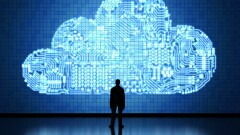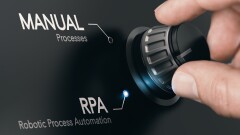Even before COVID-19, unprecedented economic, regulatory, and social forces — including complex global trade regulations, advancements in accounting standards and global tax law developments — were pushing companies to rethink how they did business. The global pandemic made the need more urgent, exacerbating the challenges facing many tax teams. Budgets shrank, and corporations now face potential changes to their tax rates under a new administration.
KPMG recently surveyed hundreds of senior tax executives as part of its
In considering them, bear in mind that many tax leaders view technology implementation as a quick win: Buy a tool and plug it in. In reality, tax technology and data modernization is a journey. A well-planned journey enables successive quick wins to result in transformational change with sustainable value for a company.
But first, tax functions need to address root issues related to data and processes. A new tool or dashboard is not enough. Tax departments must be intentional, methodical and holistic in their approach to technology and data investments to see results and position themselves for future success.
With challenges often come great opportunities, and the possibilities are vast for tax professionals to reimagine the function through technology and data transformation. Let’s place our bets with purpose and not rely solely on chance.








